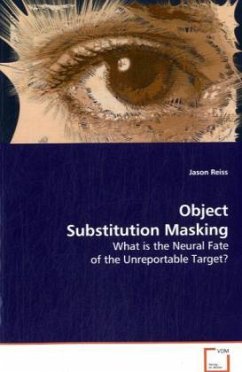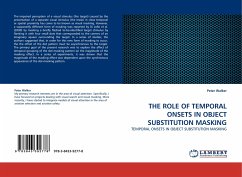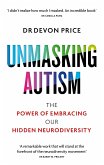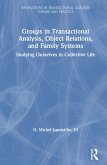Object substitution masking (OSM) refers to a failure of a target to reach conscious awareness when it is surrounded by dots that share a common onset but remain visible after the target is removed. This effect may reflect reentrant (feedback) visual processes that result in the mask replacing the target representation. This notion of substitution is present in a variety of topics regarding spatiotemporal object perception including the attentional blink (AB), change blindness, and inattentional blindness. Although a number of studies have explored the OSM phenomenon, few have examined the depth of processing associated with the masked targets. This book presents work using event-related brain potentials (ERPs) to investigate the depth of processing issue in OSM by focusing on components tied to specific processing stages. Results are considered within the context of reentrant processing, as well as how OSM relates to other phenomena such as the AB. This analysis should be usefulto researchers studying visual attention or anyone else interested in how much our brain actually "knows" about unconsciously processed visual stimuli.
Bitte wählen Sie Ihr Anliegen aus.
Rechnungen
Retourenschein anfordern
Bestellstatus
Storno








